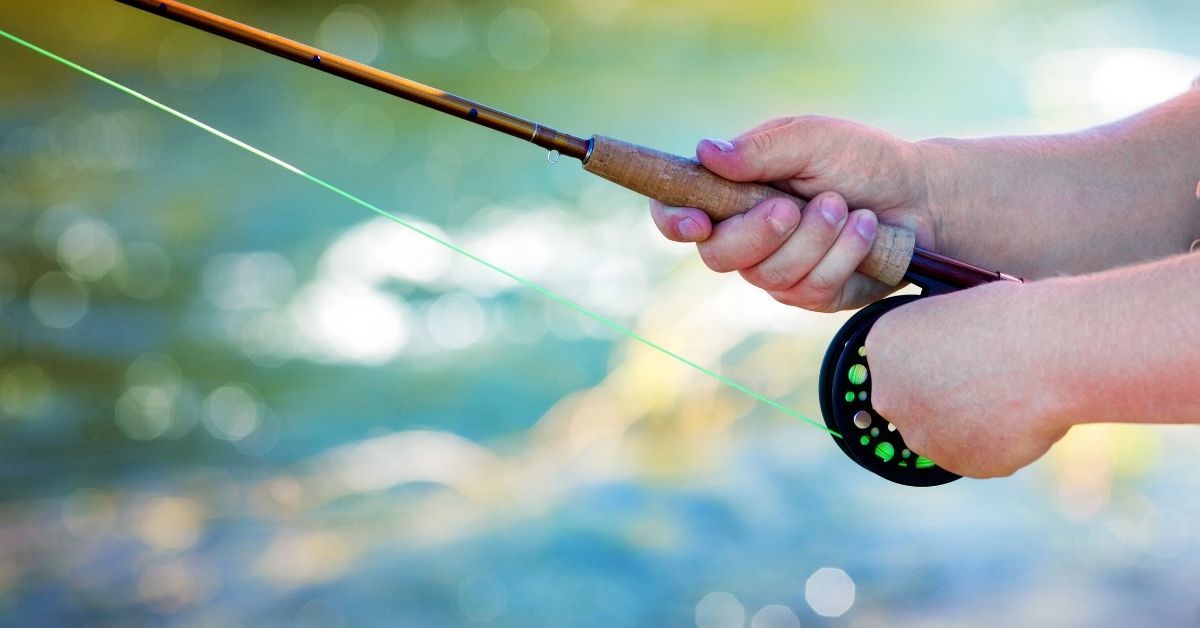The basic function of the fly reel is to hold the line into place. Most fly fishing reels are single-action reels, meaning that one turn of the handle turns the spool once. A lot of fly reels offer a drag knob. This knob will allow the fisherman to increase or decrease the tension on the line. Typically, the foot of the reel has a quick release so, the fly fishing reel can be easily removed from the rod. What’s nice about this feature is that you can have multiple spools with different lines. With the quick release, you can quickly and easily replace the spool without any tools.
Fly reels come in all kinds of shapes, sizes, and materials. They are offered in plastic, aluminum, titanium, and other metal composites. Typically, the cheaper models are made of plastic or metal alloys. The cheap fly reels tend to be heavier and most do not have a drag setting. The lack of drag adjustment severely limits the fly fisherman to only fishing for smaller fish. The cheaper fly reels are best left to beginners.
The more expensive fly fishing reels, typically come in aluminum or other light composite materials. The composite materials are not only light in weight, but won’t rust or chip. It’s important that your fly reel does not dent or corrode because that will directly affect the reel action. It’s also a good idea to have a nice neoprene pouch to help protect your reels when in transit.
Fly reels usually have a disc brake and drag knob to put tension on the line. This allows the fly fisherman to work a larger fish onto the shore. This type of drag control is considered a central drag system. Having an adjustable drag setting is really preferable for fishermen of all skill levels.
Another consideration when buying a fly reel is how large is the arbor. The size of the arbor affects how much fishing line you can retrieve with each turn of the spool. The larger the arbor is better because you can pull much more line.
To set-up your reel, you need to use an arbor knot to attach the backing off the reel to the spool of the reel. The arbor knot also works well for spinning tackle and baitcasting tackle. The first step is to take the backing off the reel and bring the line completely around the arbor. Then take the backing of the line and the standing of the line and create a loop. Grab the tag end and go through that loop about four times. Your look should be a little larger than a silver dollar. Pull the loop tight so, it creates a knot. Grab your fly reel spool and just pull away from the backing line and the knot should slip and tighten up on the arbor. Just cut off the excess tag line.
When fly fishing with your new fly reel and rod, you need to learn how to cast at 10 and 2 o’clock. It’s important to find a rhythm in your casting such that the back of the line unloads and then moves forward. Wherever your rod tip is pointing during the forward cast the line will move the fly into that location. So, it is possible to put a fly into the water exactly where you want with amazing accuracy. Your fly fishing skill level will improve with practice.
